Sedans are known to provide maximum comfort along with ample top-notch features and a superb driving experience. Probably this is the reason why almost all major manufacturers make sure to offer the best sedan experience. And while sometimes OEMs succeed, sometimes things go south. So here are 7 C Segment sedans that were sadly a complete failure in the Indian market.
-
Renault Scala

The Renault Scala The brainchild of the Nissan-Renault partnership in India, the Scala was essentially a rebadged Nissan Sunny. Topped with a redesigned front grille and bumpers along with reworked rear bumper and tail lamps, the Scala could easily be differentiated from the Sunny. The engines on offer were 1.5-litre petrol and diesel burners, powering the sedan to be quite peppy. But contrary to what Renault had planned, the Scala could never live up to its rebadged name and was overshadowed by the Sunny, which led to a massive failure of the sedan.
-
Chevrolet Aveo
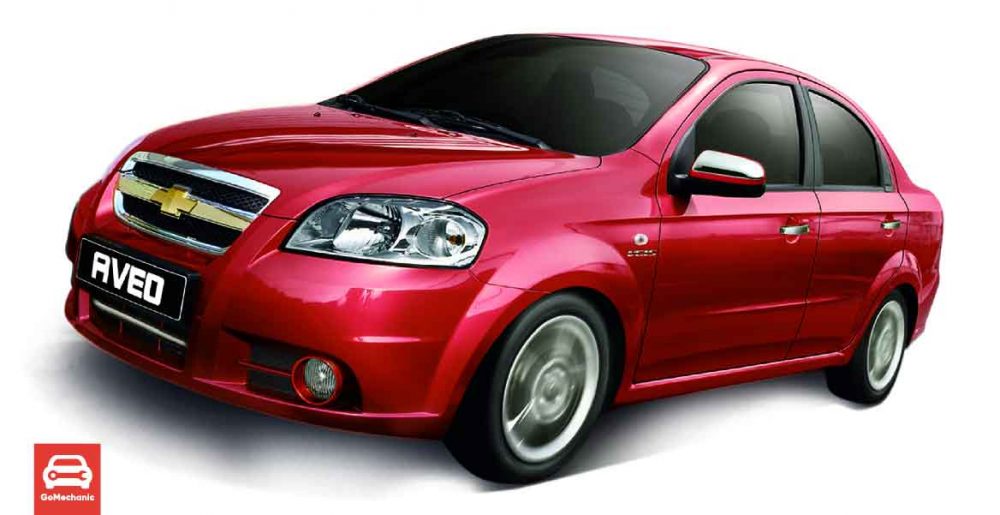
The Chevrolet Aveo A decent offering by General Motors, the Aveo debuted back in 2006. It was a true blue C-segment sedan that came with both 1.4 and 1.6-liter petrol engines and a host of great features. The price too was kept aggressive to attract potential customers and disrupt the competition. However, at a time when a diesel engine was a hot demand in the market, the Aveo’s lack of a diesel engine was a straight-up formula of failure. Competition like the Fiesta came with superb diesel engines onboard that completely owned the Aveo as an offering, leading to its quick failure in the market.
Also Read: Revisiting The Chevrolet Aveo and Aveo U-VA In India
-
Tata Indigo Manza
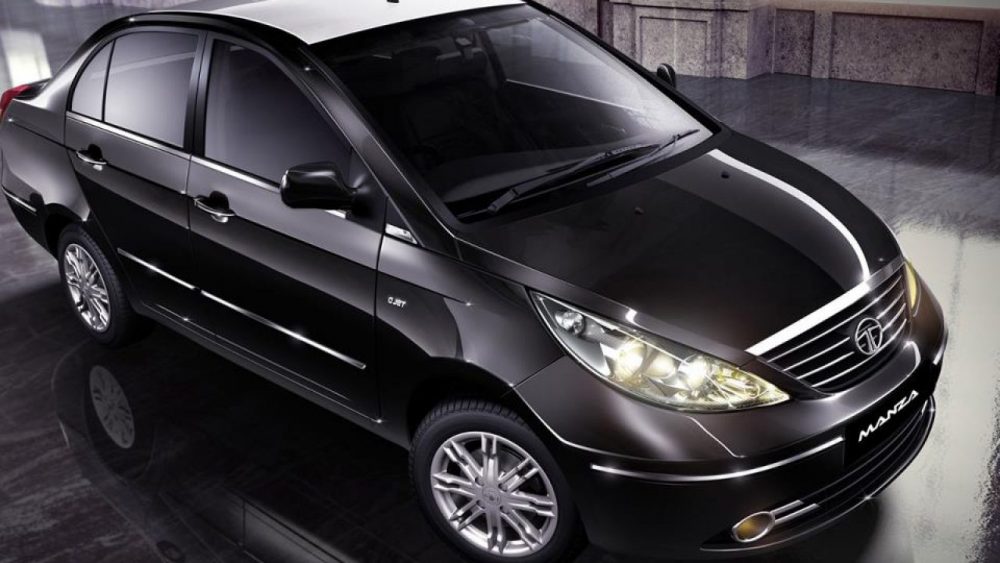
Tata Indigo Manza Back when Tata dint used to be as great as it is now, the Indigo Manza was pushed into the market as a more premium version of the Indigo. Designed as a mid-sized C Segment sedan, the Manza had the ambition to take on the Verna as well as the City. Indigo Manza came with 1.4-litre petrol and a 1.3-litre diesel as well. But, with an ambition to reach the sky, the Manza lacked what it took to even fly. Not even close to what the Verna and City were then offering, the Manza became only a fleet operator’s favourite.
Checkout: 10 Forgotten Tata Cars In India: From Manza To Marina
-
Hyundai Xcent

The Hyundai Xcent Talking about the fleet operation, another such failure was the Hyundai Xcent. Launched back in 2014, as the boot added sedan version of the popular hatch Hyundai Grand i10, the Xcent came with the same 1.1-liter diesel and 1.2-liter petrol engine that the Grand i10 came with. And despite the Xcent offering the largest boot in the segment along with a decent feature offering, the Xcent simply wasn’t exciting to drive, and neither did it offer the comfort the competition like the Amaze did. Ultimately, the Xcent was left to die only as a fleet operator’s choice, and nothing more than that.
-
(Mahindra) Renault Logan
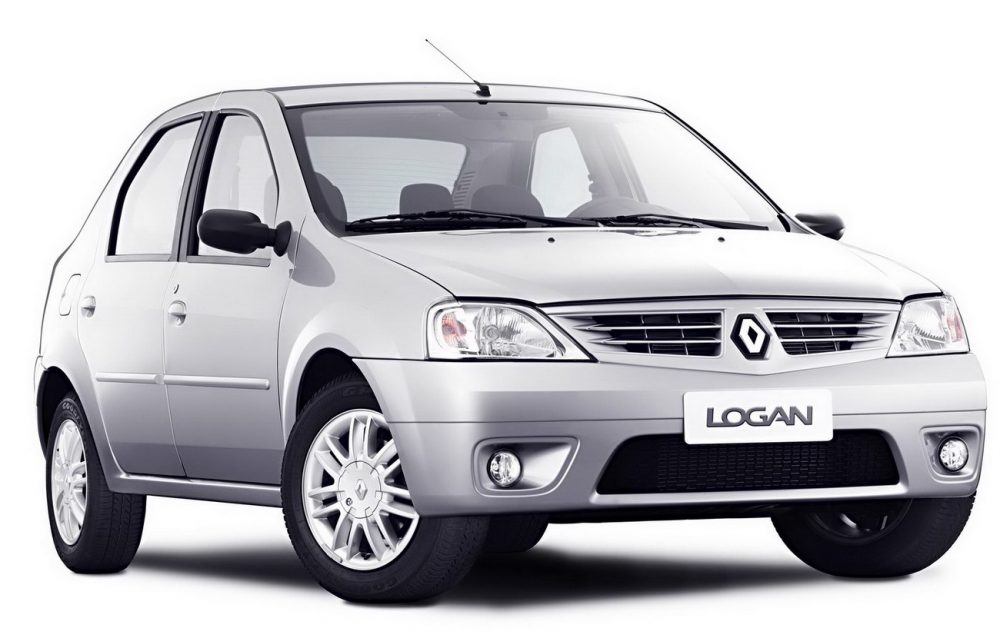
Renault Logan An alliance-based offering, the Mahindra Renault Logan was the brainchild of the Mahindra-Renault partnership that was launched back in 2007. Pushed as one of the most affordable sedans in India, the price point was the USP of the Logan. Topped with a 1.3-litre petrol engine, the Logan in a bid to woo the consumers also came up in CNG as well as LPG trims. But opposite to what Mahindra and Renault imagined, the Logan owing to its superb ergonomics and alternate fuel availability became the fleet market’s favourite product, leading to private consumers distancing themselves from the sedan owing to its image.
Related: Remembering The Renault Logan | A Byproduct Of Mahindra-Renault Venture
-
Fiat Linea
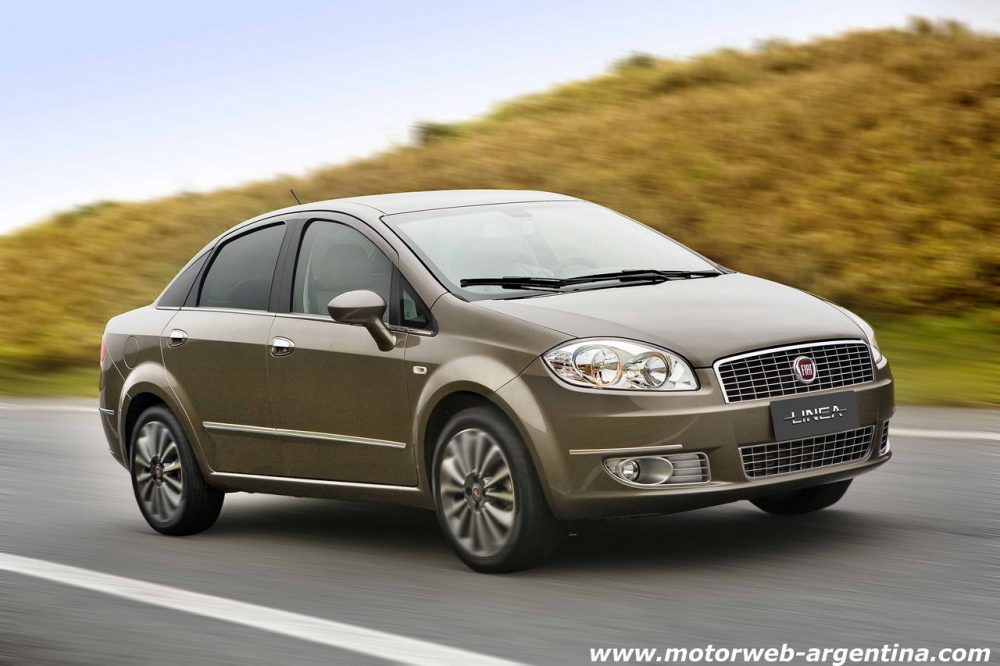
The Fiat Linea A good C Segment sedan that failed, the Linea was launched back in 2009, by the Italian manufacturer in a swanky ceremony in Mumbai. The vehicle was topped with 1.4-liter petrol and a 1.3-liter diesel engine, along with good safety offerings including a fire prevention system that was quite a new thing to see back then. In total, the Linea was one of the best-looking sedans back then that also offered ample decent features and superb handling, what failed the Linea was the brand’s shaky image in India, followed by a sluggish after-sales network and the overall failure of Fiat to deliver as per consumer expectations.
-
Toyota Yaris
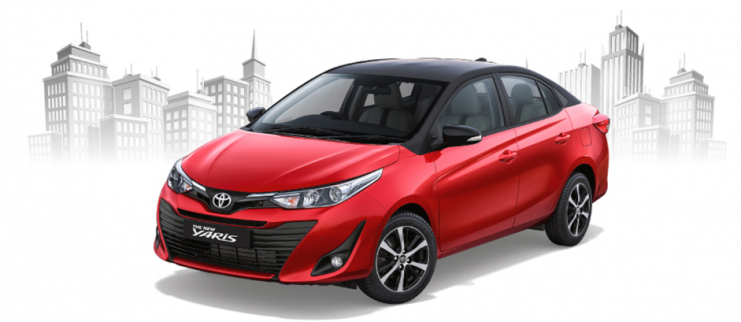
The Toyota Yaris It saddens me as I write this, but the latest addition to the list of failed C Segment sedans in India is the capable Toyota Yaris that was launched back in 2018. Despite the Yaris’s polarizing looks, the overall exterior of the sedan looks good. Power-wise, the Yaris comes with a superb 1.5-litre petrol engine along with CVT transmission as well, along with great mileage. The biggest USP of the Yaris is the Toyota trust it comes with along with ample features onboard. However, despite several good things about it, the Yaris has sadly failed when it comes to market reception. The reason behind this failure is competition, which is too cut-throat for the Yaris.
So these were 7 c-segment sedans that failed in the Indian market. Stay pinned to the GoMechanic blog, where we bring to you everything automotive.
Also Read: 2021 Force Gurkha Teased | Launch on 15th September!

Follow The GoMechanic Blog On Google News







Thanks for sharing the great tips! Mr. Peterscott and I bought a new car at the request/suggestion of his dad.
We paid it off 6 months later. But we have agreed to look at Used Car Engine first next time.
Sometimes I just wonder how much we could have saved on the vehicle if we had bought it used.
Oh well, I guess we learn and grow every day.
Hey, Hyundai Xcent is not a C segment sedan
Hey! C Segment is an umbrella classification that further has subcompact as well as small sedans.